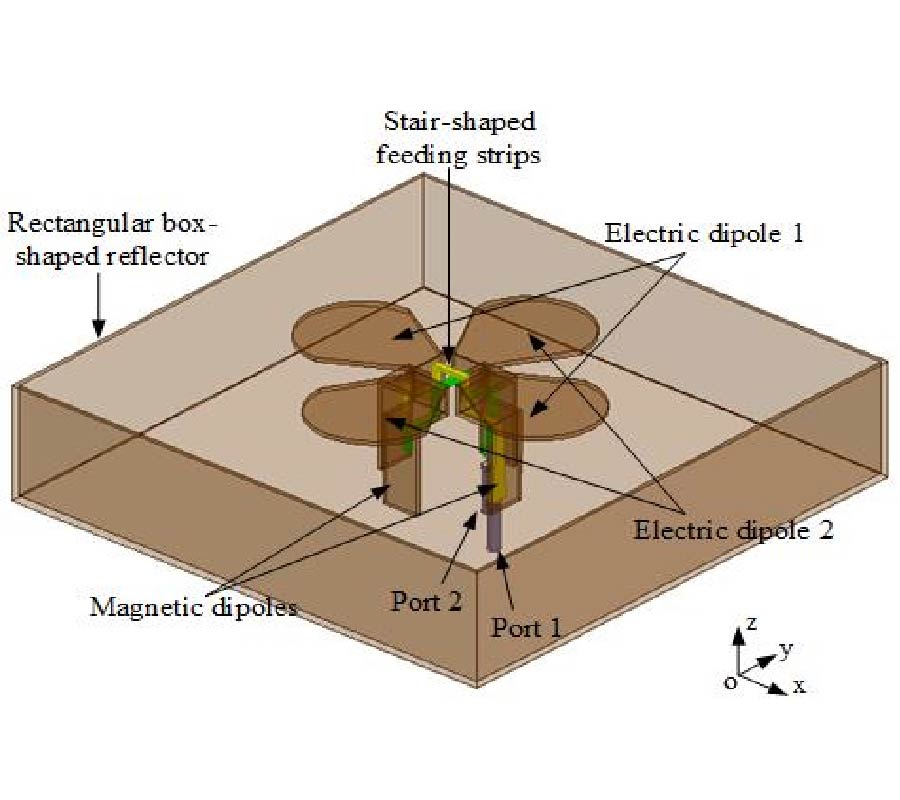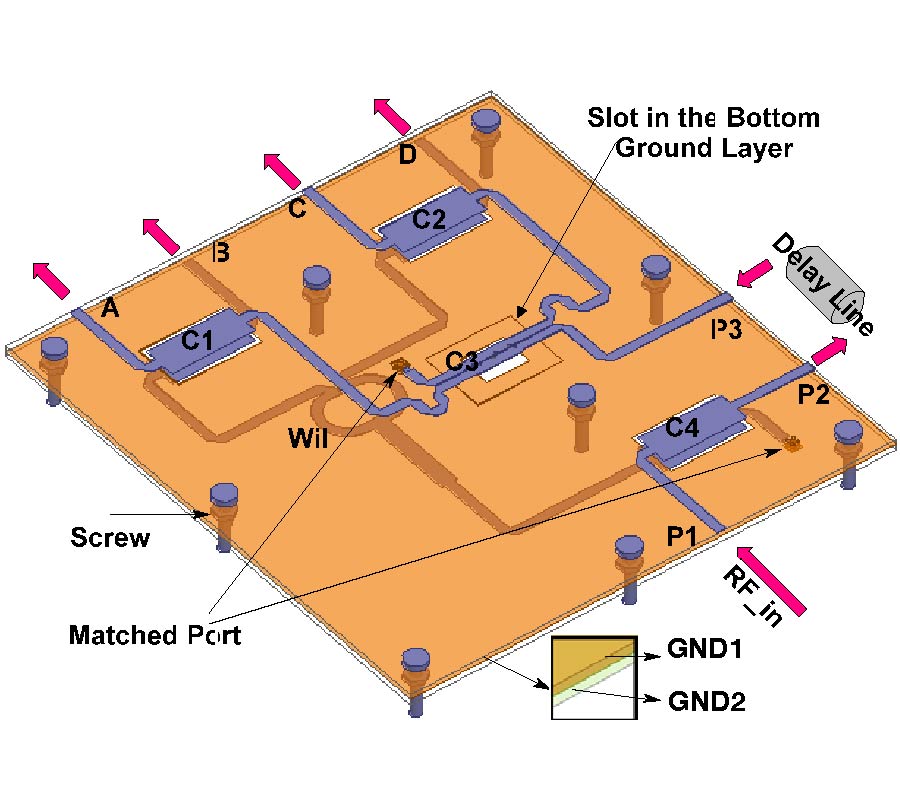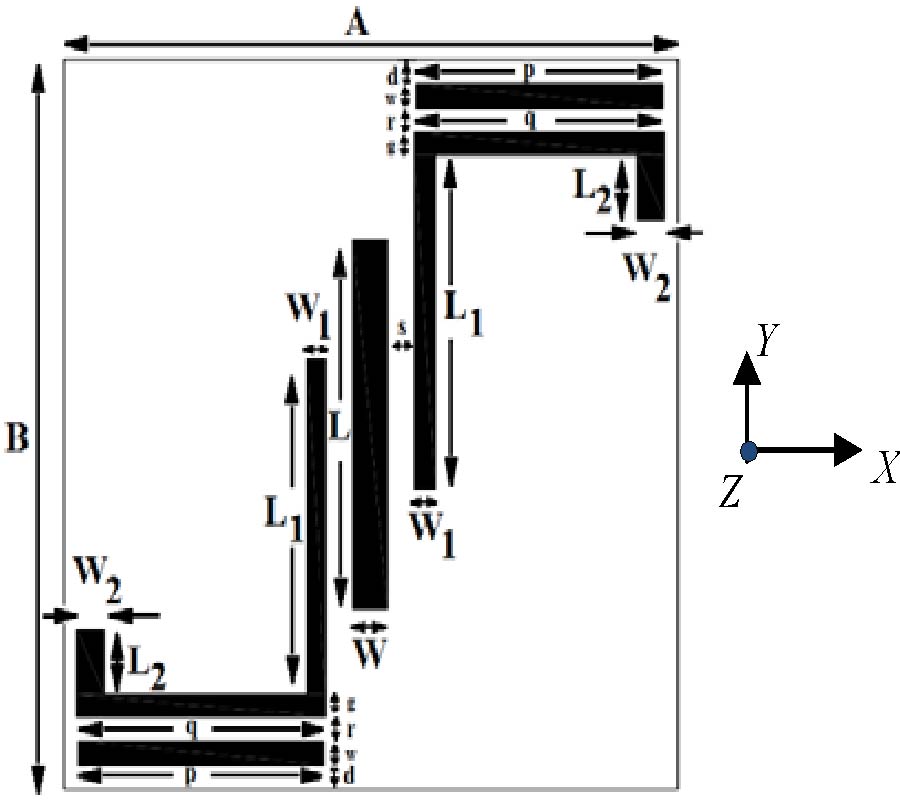2017-04-29 Latest Published
By Lei Shi
Jinxin Wei
Xiaoping Li
Bo Yao
Bowen Bai
Progress In Electromagnetics Research C, Vol. 73, 177-185, 2017
Abstract
The development of near-space hypersonic vehicles is confronted with the ``blackout'' problem of the plasma sheath. As electronic density on the leeward surface is lower than that on the windward surface during the reentry process, a low Earth orbit (LEO) satellite may be used to mitigate this problem. In this study, the Iridium system, as a low-orbit relay satellite system, is utilized to evaluate the feasibility of using a LEO satellite. First, the incident angle of the electromagnetic waves radiating from the vehicles to various potential relay satellites is calculated by the STK software. Second, the transmission coefficient of the electromagnetic wave in the plasma is obtained by using the equivalent wave impedance method to present the attenuation effect of the plasma sheath channel. Finally, the attenuation coefficients of each channel between the aircraft and the potential satellite are used as a parameter to select the best relay in the reentry process of the vehicles. Simulation results show that the use of LEO satellites for relay can significantly reduce the communication interruption time during the reentry process by 32.6% for typical scenarios.



















